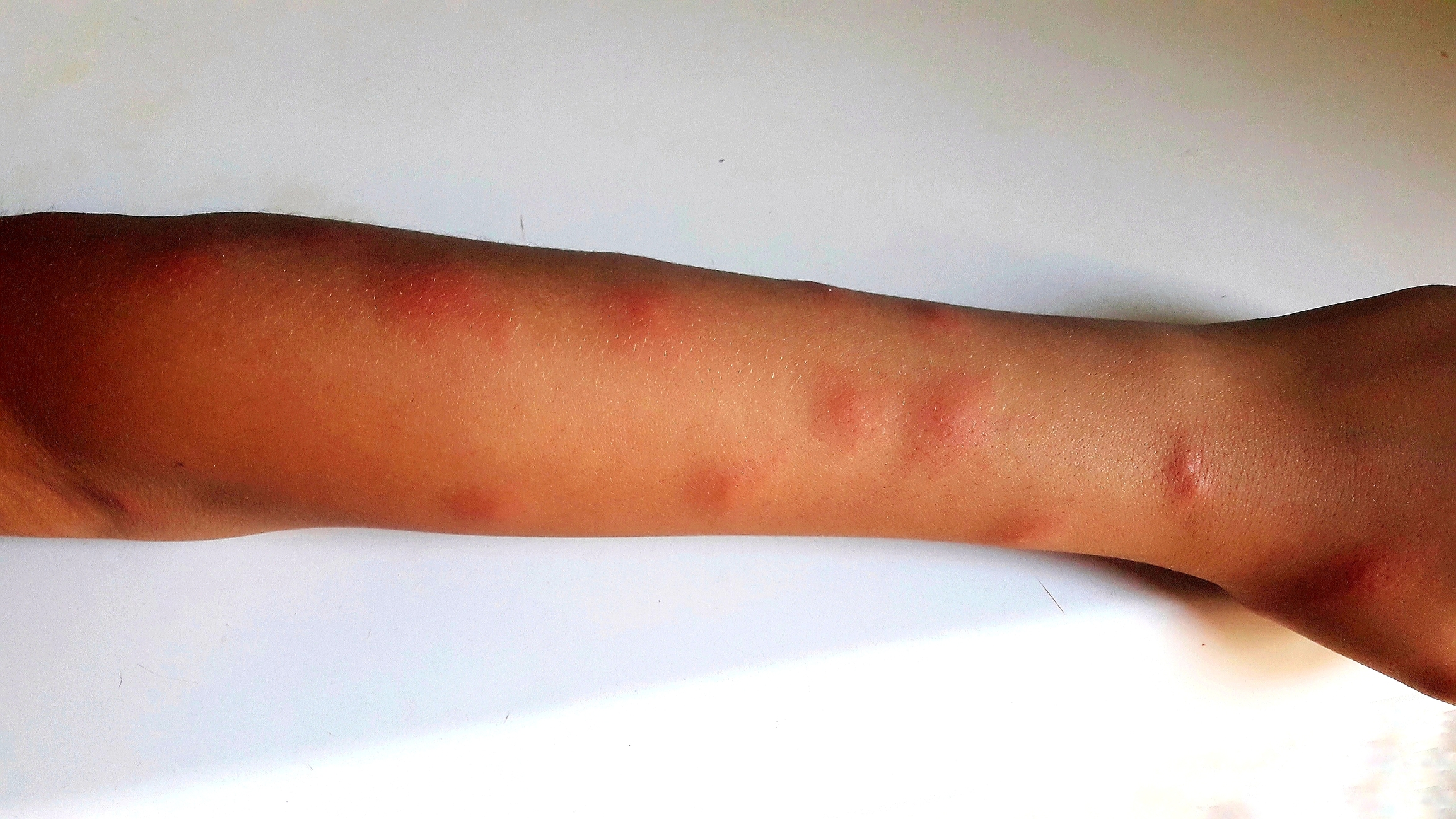Flesh Eating Disease; How To Know If You Have Necrotizing Fasciitis
Necrotizing fasciitis is a bacterial skin infection, also commonly referred to as flesh-eating bacteria or flesh-eating disease, that spreads incredibly fast and kills soft tissue. Multiple bacteria can cause this condition. They include Aeromonas hydrophilia, Staphylococcus aureus, Escherichia coli, Clostridium, and Klebsiella. According to public health officials, the most common bacteria causing necrotizing fasciitis is group A Streptococcus.
It is essential to understand necrotizing fasciitis, as even though this is quite the rare disease, it can be deadly within a short period. With this in mind, read to discover important facts about this disease, including information on symptoms and how doctors can treat it.
Onset Of Initial Symptoms Is Quick

Patients often begin to experience symptoms of necrotizing fasciitis within as little as a few hours after the point of infection. Unfortunately, the beginning symptoms also appear confusing and may seem like another illness, such as the flu, and include a sore throat, nausea, stomach and body aches, a high fever, and chills. Patients may also experience symptoms similar to that of a pulled muscle, and notice redness or tenderness around the affected area. The point of infection is where the cut, scratch, or other injury occurred, but may also be a surgical or injection site.
Symptoms Progress Rapidly

Should necrotizing fasciitis progress to more advanced symptoms, the patient will continue to experience a high fever or even hypothermia as well as potential dehydration. The pain from the initially affected area will also become more constant and severe than the original injury might indicate. The infected area, which can spread at a rate of roughly one inch per hour, tends to appear red (may also turn purple or black), swollen, shiny, and hot to the touch. Skin necrosis occurs when blisters appear in the infected area. The pain from necrotizing fasciitis is excruciating, but another late symptom is a sudden improvement in pain, which often indicates the nerves are dying. At this point, patients may become delirious, dizzy, and weak. In the end stages, the patient’s vital organs will begin to shut down because of toxic shock, the skin will continue to blacken, and the patient will soon die.
